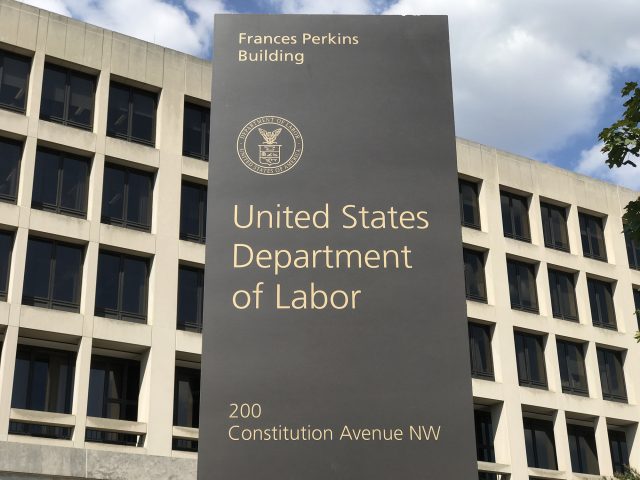
New Study Shows Platform Providers Favor Their Own Funds
Alicia H. Munnell is a columnist for MarketWatch and senior advisor of the Center for Retirement Research at Boston College.
Findings suggest eliminating broad carve-out for platform providers in DOL’s Proposed Rule.
The Department of Labor is engaged in a major effort to enhance the definition of “fiduciary” in order to protect retirement plans and participants from conflicts of interest and biased advice. The notion is that broker/dealers and others involved in the process face strong incentives to sell their clients high-fee investments that can seriously erode their retirement security. Even seemingly small differences in fees, which reduce investment returns, cumulate to large amounts over time. Some simple math shows that a one-percentage-point annual reduction in investment returns reduces retirement assets by about one fifth at retirement.
The structure of the Proposed Rule is as follows. First, it replaces the existing five-part test for determining fiduciary status with a new four-part test and applies this test not only to 401(k)s but also to Individual Retirement Accounts (IRAs) and IRA rollovers. Second, it creates six carve-outs. Anyone who falls within one of the carve-outs will not be deemed to be a fiduciary. Finally, it creates exemptions for those who are deemed fiduciaries.
While I strongly support the Proposed Rule, I have serious concerns with the carve-out for platform providers. Mutual fund companies play a critical part in the nation’s retirement saving system. They manage about 56 percent of the $4.7 trillion in assets held by 401(k)s and other defined contribution plans. At the same time, these companies often help sponsors manage the plans and set the menu of investment options. This dual role creates conflicting incentives. On the one hand, fund companies are hired by plan sponsors – and required by law – to create menus that serve the interests of plan participants. On the other hand, they also have an incentive to include their own proprietary funds on the menu, even when more suitable options are available from other fund families.
A study by Veronika K. Pool and co-authors, soon to be published in the Journal of Finance and summarized in a recent Center for Retirement Research issue brief, clearly documents that plan participants are hurt by mutual fund decisions regarding plan offerings. The study uses data on 2,494 plans from 1998-2009. Data on the plan trustee, the menu of investment options, and amounts invested in each option were drawn from annual Form 11-K filings to the U.S. Securities and Exchange Commission and Form 5500 filings to the U.S. Department of Labor. Plans in the sample had 9 million participants, held one-third of 401(k) assets in plans sponsored by publicly listed companies, and made close to 50,000 menu changes in the period studied.
This study provides clear evidence that mutual fund companies involved in plan management often act in ways that advance their interests at the expense of plan participants. In those instances where mutual fund companies serve as plan trustees, which means that they are involved in the management of the plan, additions and deletions from the menu of investment options favor the company’s family of funds. More significantly, this bias is especially pronounced in favor of affiliated funds that delivered sub-par returns over the preceding three years. The evidence on participant behavior shows that they do not shift their savings to undo this favoritism, most notably the favoritism shown to sub-par affiliated funds. In other words, mutual fund companies tend to influence decisions in ways that adversely affect employee retirement income security.
In light of this compelling evidence of biased selection, I would favor eliminating the broad carve-out from fiduciary status for platform providers that “merely market and make available investment alternatives to retirement plans.” As an alternative, the United States could follow U.K. practice and prohibit platform providers from receiving fees. Of course, in this case, plan providers would need another form of compensation, so they could charge the customer directly. Such a development would make the costs more transparent, increase competition and – in the long run – lead to lower fees.
In short, the current carve-out for platform providers is a serious flaw in what is otherwise a carefully crafted rule that addresses a significant problem.







